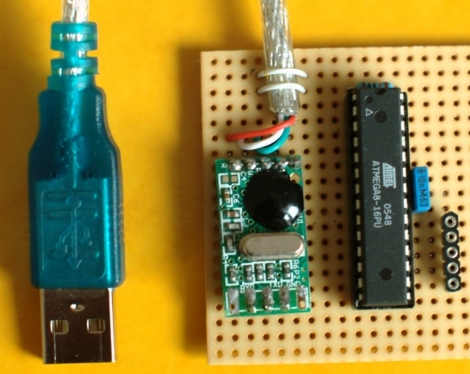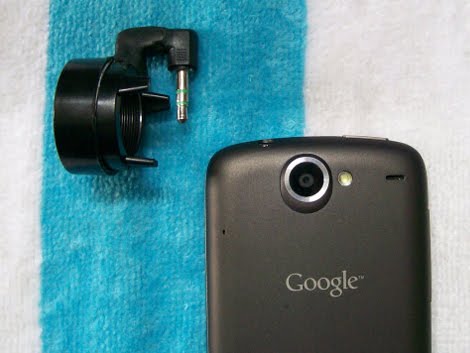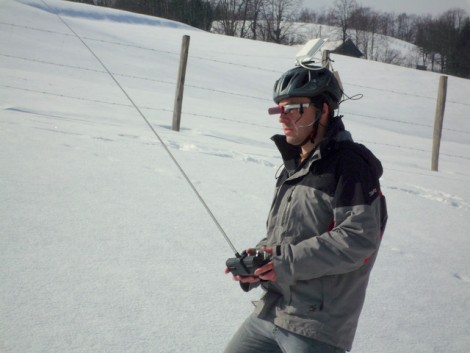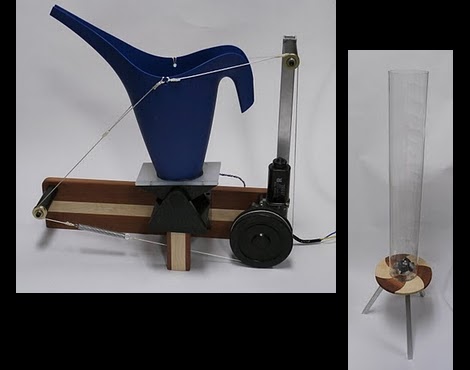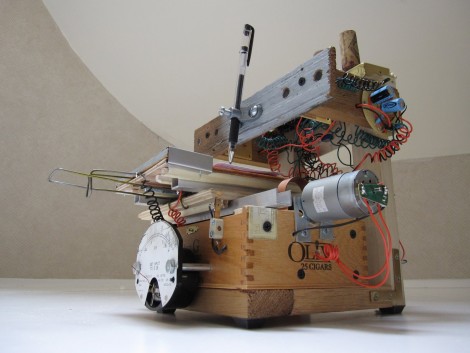
This art piece makes drawings based on sound. [Mario Marchese], who is responsible for those illusion props back in february, built this little guy out of a bunch of junk he had lying around. It features four microphones that listen to ambient sound and feed the signal through some LM386 audio power amplifiers. The output is translated into forward, backward, left, and right movements of the writing platform while the pen is fixed in the same position. Despite what we said in the title of the post this isn’t strictly a CNC machine, but more the primordial cousin of one.

